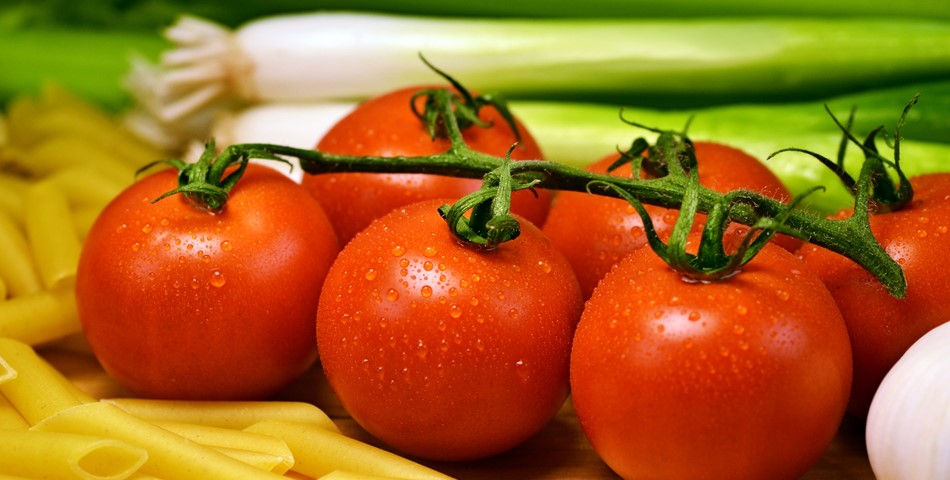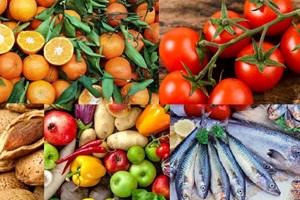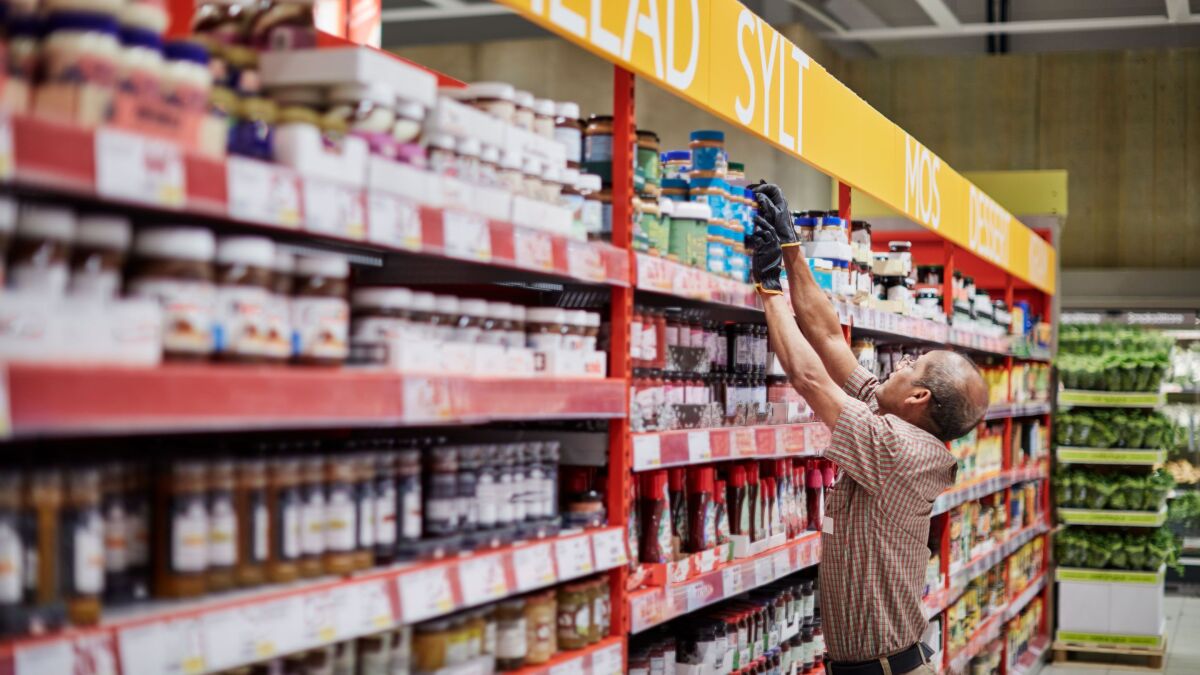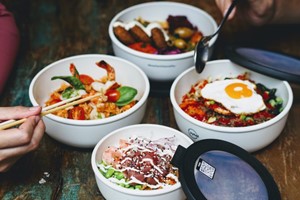Foodservice & traditional alternatives
Modern grocery retailers, in particular supermarkets, were in a position of strength in retail volume terms in 2016 according to Euromonitor International, in line with global trends that drive consumers for their one-shop stop food outlet. Even so, in spite of waning purchasing power, Italian consumers were ready to pay a premium in alternative channels such as traditional grocery retailers. In outdoor markets, greengrocers, butchers, fishmongers and organic food specialists, consumers benefited from higher quality, greater authenticity, more diversity and conviviality, all the things that are more limited in modern grocery retailers. Another surprise was the slight recovery for foodservice volume sales despite an ongoing structural decline in traffic in caf�/bars and restaurants. This stemmed from the Slow Food Foundation for Biodiversity, which, among other initiatives, promoted Mercati della Terra (Earth Markets), an international network of markets, producers and farmers with a focus on the "Slow Food" philosophy. These are places to go shopping, meet friends, learn and eat together, offering real homemade dishes cooked from scratch using raw ingredients and fresh foods.
Grocery retailers


Large retailers have been stocking the aisles of their outlets with fresh Mediterranean-type vegetables and mountains of fresh seasonal fruit. Rather than driven by a sudden urge among Italians to consume fresh food, the commitment of major grocery retailers to provide more shelf space and visibility for fresh ingredients is a strategy to compete and grow the average basket size in Italy. This move was initiated by leaders like Coop Italia and Esselunga, Lidl and Dico, with the Tuod� Superfresco format, who were also quick to catch on by investing heavily in the development of new banners which evoke the familiar environment found in traditional fresh food markets. They modernized stores through the introduction of traditional-style butchers or fruit and vegetable stands. This increase in competition also opened up opportunities for further online sales of high-quality and organic fresh food items direct from the leading retailers. At the end of 2015, the percentage of retailers in Italy which sold fresh food online increased from 10 to 12 percent. According to a survey from Coldiretti, one in four Italians purchased fresh food online in 2016 (19 percent), more than double that of 2014 when the percentage was around 6 percent.
Modest total volume growth
Fresh food in 2016 was characterized by stagnation on the one hand but also some positive events offering optimism for the industry. There is scope for the further development of fresh food over the forecast period (2016-2021), with the market expected to register positive but modest growth in total volume terms. Consumers are expected to become increasingly aware of the need to eat healthily thanks to constant marketing campaigns highlighting potential health problems. In addition, the need and desire to cook from scratch at home is not expected to fade as it enables consumers to better control what they eat and spend.
Web: www.euromonitor.com














